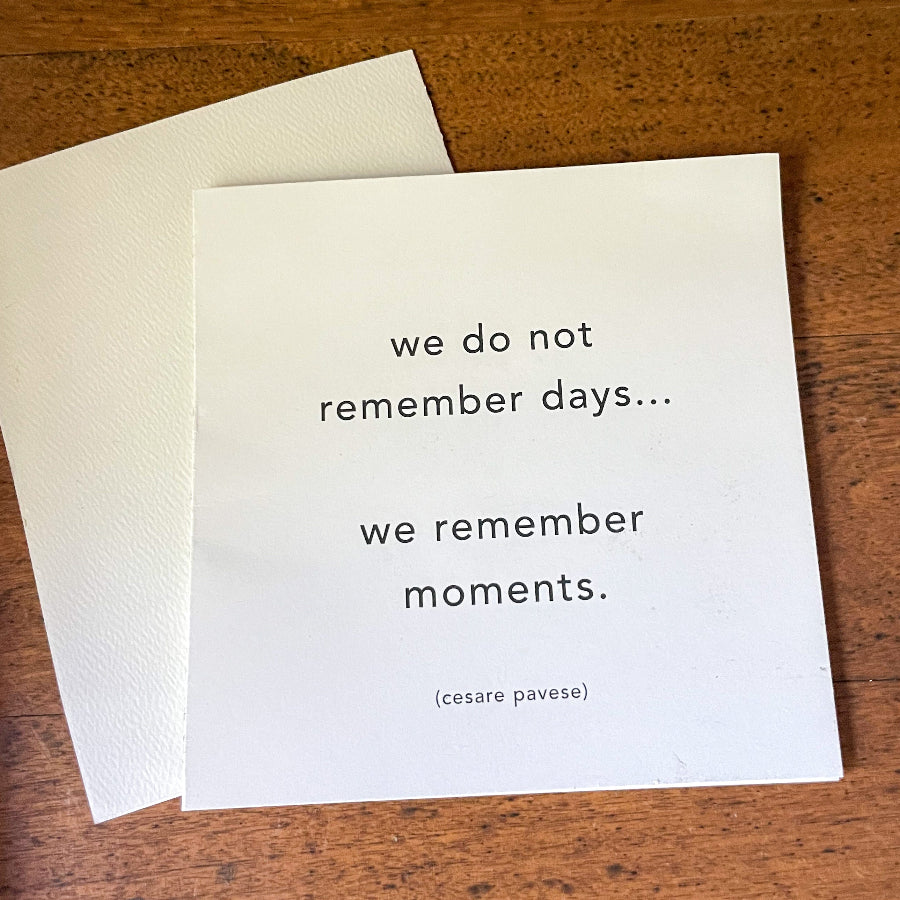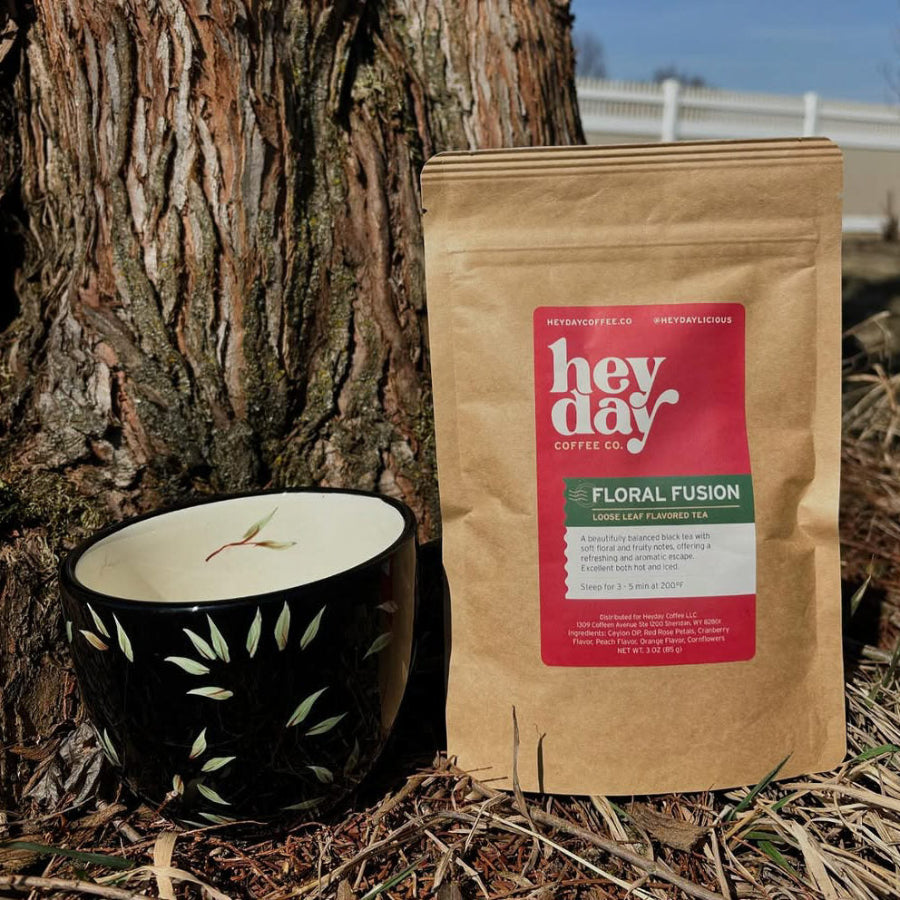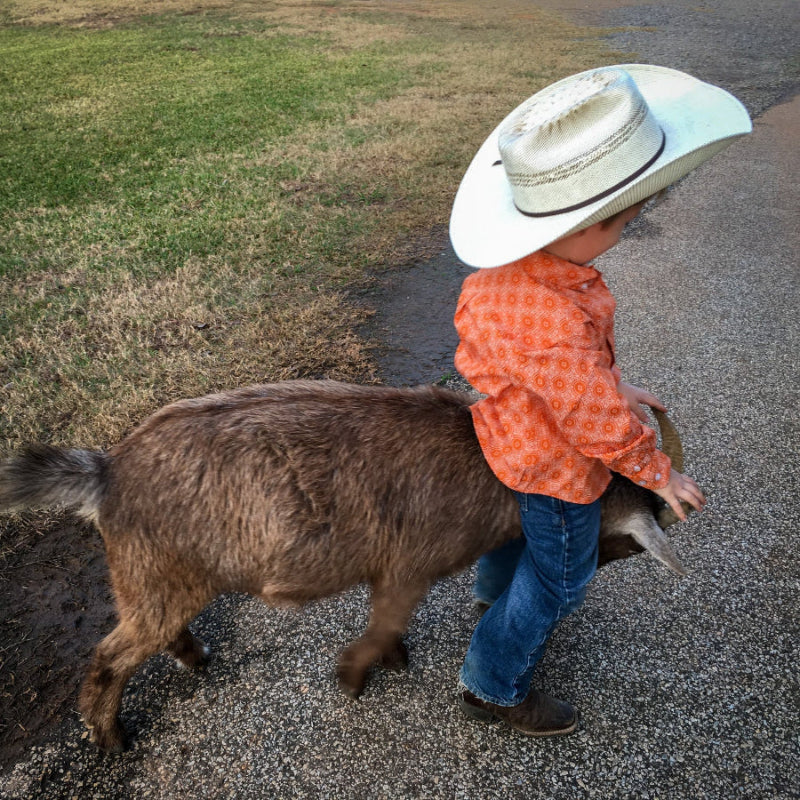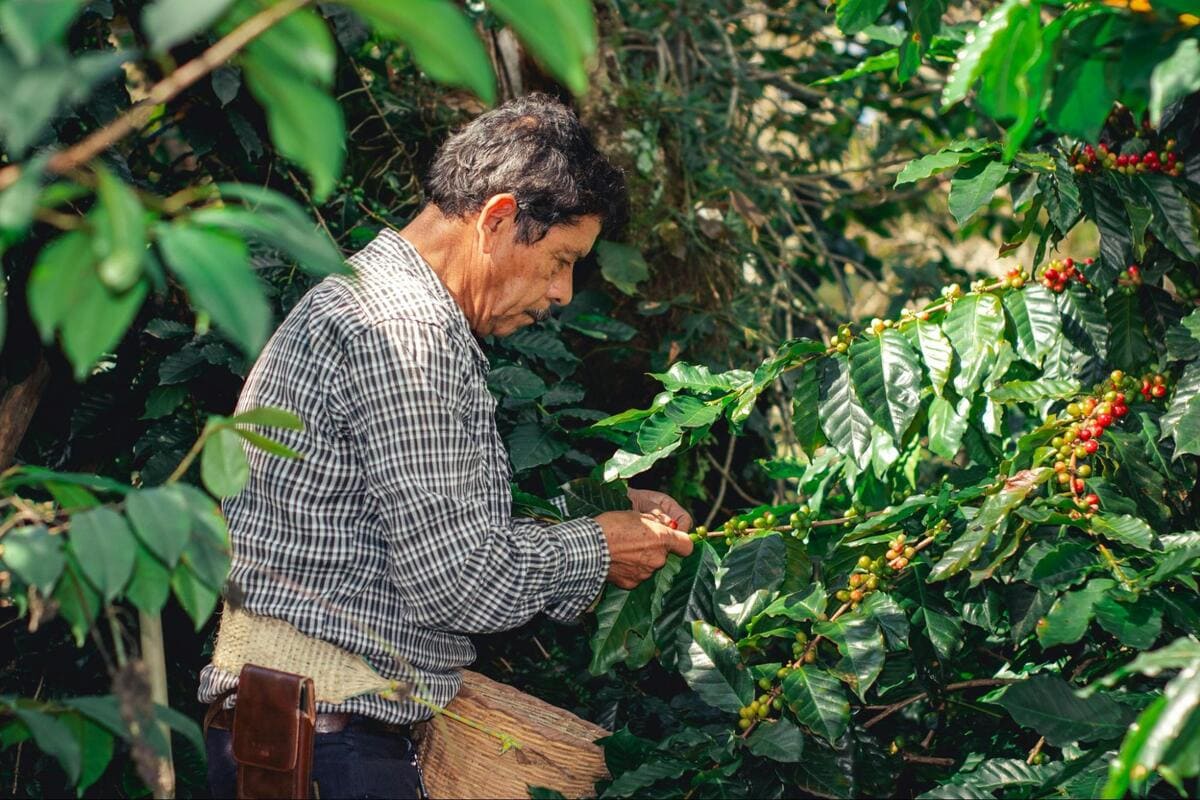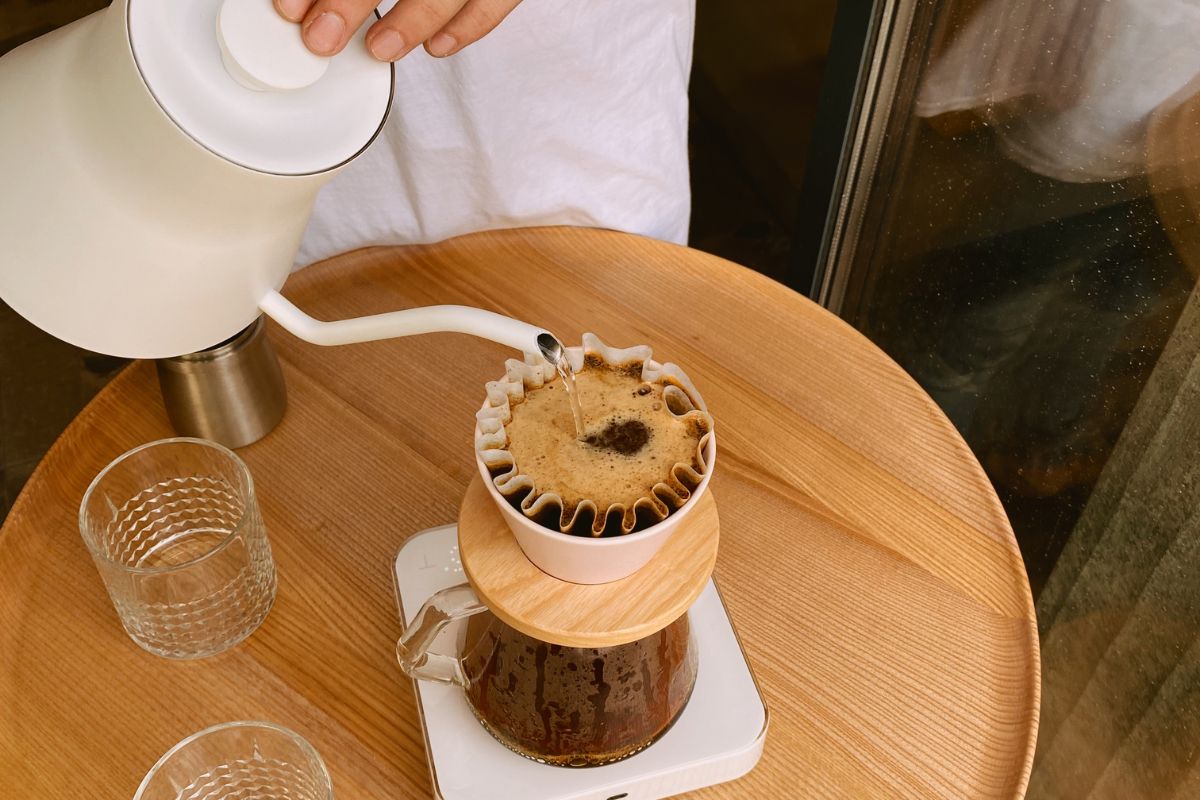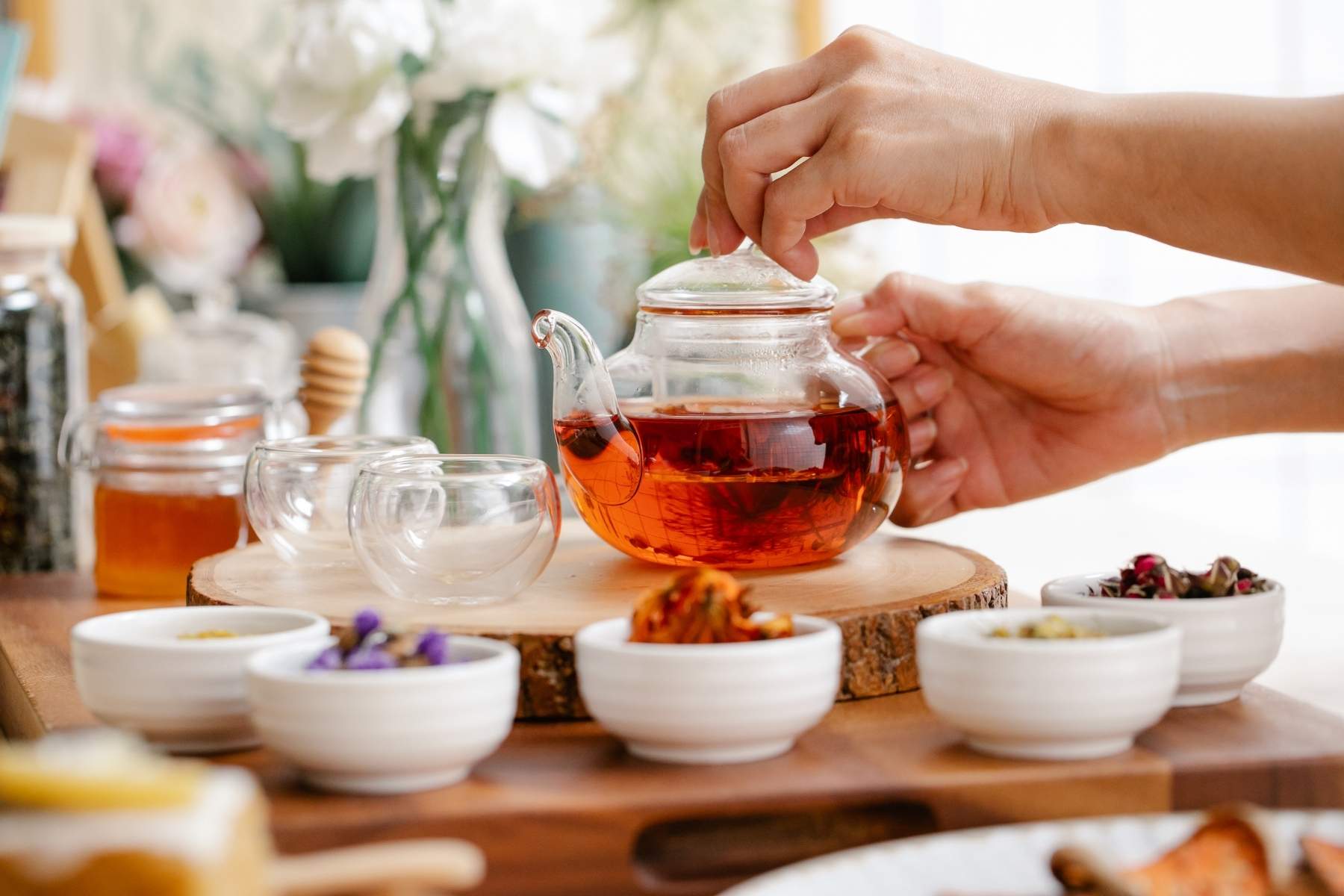
Living the Loose-Leaf Life Without Emptying Your Wallet
Table of Contents
- Why Loose Leaf Wins Over Bags
- The Lifestyle Perks of Artisanal Tea
- Smart Buying for Everyday Enjoyment
- Brewing & Storing to Maximize Value
- Wrapping Up

There’s a quiet kind of pleasure in starting the day with a teapot instead of a rush. You scoop a measure of loose leaves into the infuser, watch them unfurl in the hot water, and breathe in that first wave of aroma. Floral, nutty, maybe a little sweet. The kettle hum fades, the tea steeps, and for a few minutes you’re nowhere else but here.
Artisanal loose-leaf tea can feel like a small luxury, something to be savored only on weekends or when company comes over. But here’s the secret: it doesn’t have to be rare or expensive to be part of your everyday life. In fact, the better the tea, the more value it often offers, but only if you know how to choose, brew, and store it.
In this article, we’ll explore why loose-leaf tea gives you more for your money than the bagged kind, how it can shape a richer daily ritual, and the strategies that make it possible to enjoy it every day without blowing your budget. Once you learn how to make it work, you'll find loose-leaf tea becoming a dependable part of your day.
Why Loose Leaf Wins Over Bags

At first glance, a box of tea bags might seem like the obvious budget choice. They’re pre-measured, convenient, and often cost less upfront. But when you look closer, loose-leaf tea can offer far better value for both taste and cost over time.
The main difference is quality. Most mass-produced tea bags are filled with small, broken pieces of leaves called fannings or dust. These tiny particles lose aroma quickly and release tannins more aggressively, which can make the tea taste flat or overly bitter. Loose-leaf tea, on the other hand, contains whole or large leaf pieces. These leaves hold more of their essential oils and nuanced flavors, which means a cup that’s more complex, aromatic, and satisfying.
There’s also the matter of yield. Good loose-leaf tea can be re-steeped multiple times, especially green, oolong, and many blacks. Even without re-steeping, a single $20 pouch can make around 70 cups — about 30 cents a serving. Factor in two or three flavorful infusions from the same leaves, and your cost per cup drops dramatically. Compare that with a $6 box of tea bags that makes only 20 weaker brews, and the value difference becomes clear.
Finally, loose-leaf tea is less wasteful. Instead of paper wrappers, strings, and staples, you’re left with compostable leaves and a reusable infuser or teapot. This isn’t just good for the planet, it’s good for your pantry space too.
Choosing loose leaf isn’t about spending more. It’s about getting more for what you spend, with more flavor, more cups, and more enjoyment in every sip.
The Lifestyle Perks of Artisanal Tea

Drinking artisanal tea is more than a way to stay hydrated or get a gentle caffeine lift. It’s a practice that invites you to slow down, even for a few minutes, and bring more presence to your day. Loose-leaf tea in particular encourages this pause. You measure the leaves, heat the water, and watch the colors bloom in the cup. It’s a ritual that can turn an ordinary break into something restorative.
There’s also a deeper connection to place and season. Quality teas carry the imprint of their origin — the soil, the climate, the way they were harvested and processed. Drinking them is a way of tasting a specific corner of the world. For some people, this means keeping a small rotation of teas tied to the time of year: bright greens in spring, floral oolongs in summer, earthy pu-erh or strong black teas in winter. This seasonal rhythm keeps tea-drinking fresh and engaging without constantly chasing new purchases.
Health and sustainability add to the appeal. Whole leaves tend to hold more beneficial compounds than dust-filled bags, and when brewed properly, they deliver those flavors and nutrients without the need for extra packaging or additives. Buying teas from producers who use environmentally responsible farming practices means your daily habit supports something bigger than the cup in your hands.
Ultimately, the perks of artisanal tea aren’t just about what’s in the mug. They’re about how it shapes your day, from the quiet moments it creates to the small ways it connects you to a wider world.
Smart Buying for Everyday Enjoyment

Making artisanal tea part of your daily routine doesn’t require a big budget. It’s about choosing well and buying in ways that give you the most value. One of the simplest strategies is to buy in larger quantities. A 3-4 ounce pouch will usually cost less per cup than smaller tins, and because good tea keeps its quality for months when stored well, you’re not sacrificing freshness.
Seasonal buying can also stretch your budget. Many growers and vendors offer specials when making room for new stock. These teas are still excellent quality but may be priced lower than their fresh-from-harvest counterparts. You can also explore sampler sets to discover what you like before committing to a larger pouch.
Sourcing directly from growers or trusted ethical vendors means that you’re paying for the tea itself rather than layers of distribution and marketing. Direct-to-consumer models typically offer fresher leaves at a better price than big retail brands, and you can feel confident about where and how your tea was produced.
It also helps to keep a small, versatile tea collection rather than chasing every new release. A balanced shelf might include a reliable everyday green, a rich black tea, and one or two special-occasion picks. Having a few favorites you truly enjoy ensures every cup is worth the cost.
When you approach tea buying with intention, you not only save money, you end up with teas that fit seamlessly into your life and taste better for it.
Brewing & Storing to Maximize Value

Once you have good tea in your kitchen, how you brew and store it determines how far it will go. Even the highest-quality leaves can taste flat or harsh if brewed with water that’s too hot, too cold, or poorly filtered. Using fresh, clean water and the right temperature for the tea type helps preserve delicate aromas and prevents bitterness. For example, most green teas do best around 170-180°F, while black teas shine closer to a full boil.
Measuring your leaves matters, too. Using a kitchen scale or a consistent teaspoon measure helps you avoid overloading the pot. It’s easy to use more tea than necessary, which can drive up your cost per cup without improving flavor. Quality leaves give you a lot to work with, so start with the recommended amount and adjust to taste.
Re-steeping is one of the simplest ways to get more from your tea. Many loose-leaf teas, especially oolongs and greens, reveal new layers of flavor with each infusion. The second or even third brew can be just as enjoyable as the first, at a fraction of the cost.
Storage is another key factor. Keep tea away from light, moisture, heat, and strong odors. An airtight tin or pouch in a cool, dark cupboard will protect flavor for months. Avoid storing tea in glass jars on open shelves, where sunlight and kitchen aromas can dull it's flavor quickly.
With mindful brewing and proper storage, you protect both the flavor of your tea and the investment you’ve made in it, ensuring every cup is as good as the first.
Wrapping Up
Artisanal loose-leaf tea doesn’t need to be reserved for special occasions. With thoughtful buying, careful brewing, and a little planning, it can be an affordable part of everyday life. Choosing loose leaf over bags gives you better flavor, more cups per ounce, and a deeper connection to what’s in your cup.
The real value comes from the combination of taste, ritual, and intention. Every time you prepare tea, you’re not just making a drink, you’re making a moment for yourself. Whether it’s a quiet pause before the day begins or a calming break in the middle, those minutes are worth protecting. When you make space for quality tea in your routine, you’re investing in something simple that returns far more than it costs.
If you’re curious to explore, we offer a selection of thoughtfully sourced artisanal teas that can make those moments even better: Heyday's Artisanal Tea Collection.


